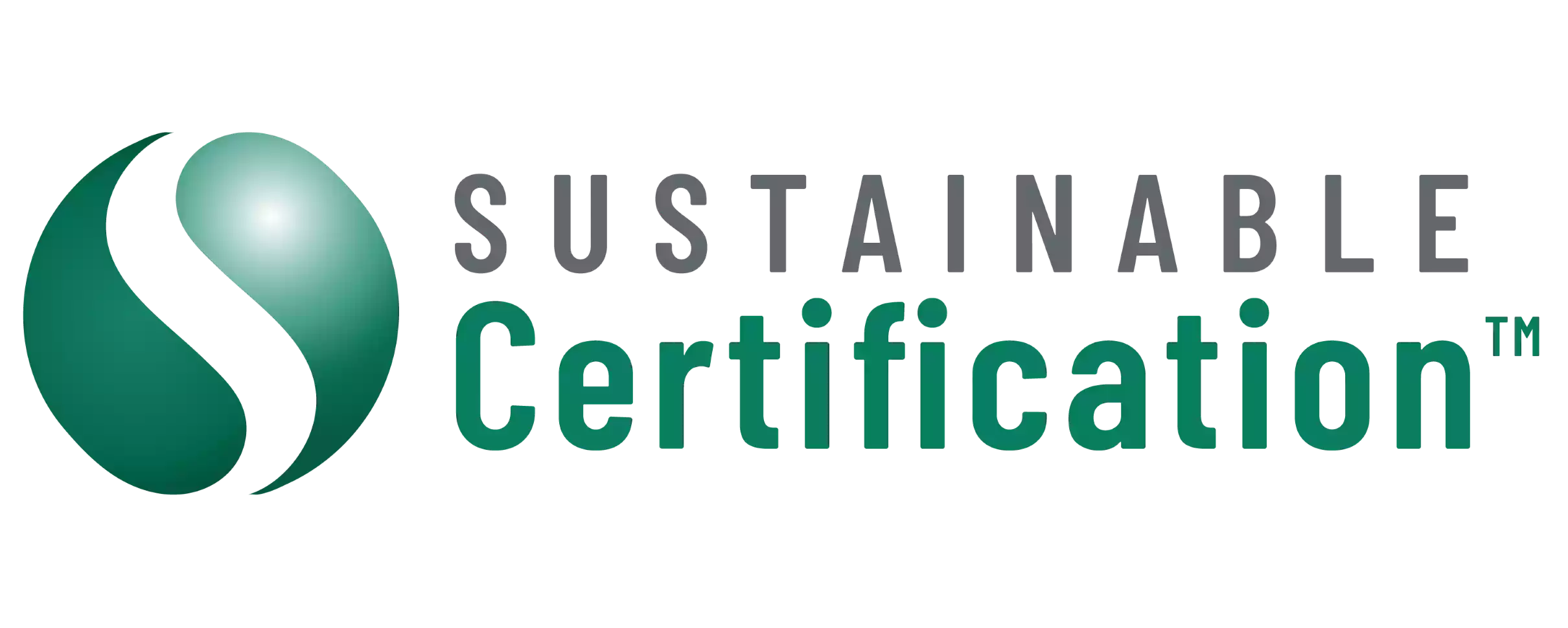Unlock Growth with ISO 9001, 14001, and 45001 Certification
In the competitive landscape of modern business, excellence is not a goal—it is a necessity. Companies that thrive are those built on solid foundations of quality, safety, and environmental responsibility. ISO 9001, ISO 14001, and ISO 45001 certifications provide a powerful framework to achieve this, transforming core operations from a source of risk into a strategic advantage.
This blog explores the tangible business benefits of these internationally recognized standards. We will cover how they drive efficiency, build trust, and open doors to new commercial opportunities, providing you a clear roadmap to elevate your organization’s performance and resilience.
While each standard addresses a distinct area of business management, they are designed to work together seamlessly. This synergy is possible because they all share the Annex SL high-level structure—a common framework for management system standards. This shared structure simplifies integration, creating a unified approach to governance and improvement.
- ISO 9001: Quality Management: This is the global benchmark for quality. It focuses on consistently meeting customer requirements and enhancing satisfaction. A 9001 certified organization has proven its ability to deliver reliable products and services through well-defined and controlled processes.
- ISO 14001: Environmental Management: This standard provides a framework for managing environmental responsibilities effectively. It helps organizations minimize their environmental footprint, comply with regulations, and achieve their sustainability goals. It’s about balancing profitability with planetary stewardship.
- ISO 45001: Occupational Health & Safety (OH&S): The primary goal of this standard is to prevent work-related injury and ill health. It provides a robust framework for managing OH&S risks, creating safer working conditions, and improving employee well-being.
When implemented as an Integrated Management System (IMS), these standards eliminate redundant documentation, streamline audits, and create a holistic view of business risk and performance.
Understanding the Power Trio: ISO 9001, 14001, and 45001

Adopting these standards delivers compounding benefits that ripple across every department, from the shop floor to the executive suite.
Strengthen Risk Management and Compliance
At its core, a certified management system is a risk reduction engine. By systematically identifying hazards, environmental aspects, and quality failure points, you can implement controls before they become costly problems.
- Proactive Hazard Identification: ISO 45001 mandates processes to identify workplace hazards, leading to fewer incidents, accidents, and near-misses.
- Regulatory Certainty: ISO 14001 and ISO 45001 require you to maintain a register of legal and other requirements, ensuring you stay ahead of compliance obligations and avoid fines.
- Consistent Quality: ISO 9001 reduces the risk of defects and service failures, protecting your brand reputation and minimizing the costs associated with rework and warranties.
Drive Operational Efficiency and Cost Savings
Inefficiency hides in broken processes, wasted materials, and duplicated efforts. An IMS brings clarity and discipline to your operations, unlocking significant cost savings.
- Process Optimization: Mapping your processes for ISO 9001 reveals bottlenecks and opportunities for improvement. This leads to faster cycle times and improved on-time delivery rates.
- Waste Reduction: ISO 14001 encourages a systematic approach to resource management, leading to lower consumption of energy, water, and raw materials. This directly translates to reduced utility and procurement costs.
- Lower Insurance Premiums: A certified ISO 45001 system demonstrates a commitment to safety, which can lead to more favorable terms from insurers. Reduced incident rates also mean lower costs associated with lost workdays and claims.
Enhance Stakeholder Trust and Brand Reputation
Certification is a powerful, internationally recognized signal of your commitment to excellence. It builds confidence among customers, investors, employees, and the community.
- Customer Confidence: An ISO 9001 certificate tells customers that you are serious about quality. It assures them that you have reliable processes in place to meet their expectations every time.
- Investor and Partner Appeal: A business that manages its quality, environmental, and safety risks effectively is a more stable and attractive partner for investment and collaboration.
- Community Relations: ISO 14001 certification shows your commitment to being a responsible corporate citizen, improving your standing within the local community and with regulatory bodies.
Employee Safety and Engagement
Your employees are your most valuable asset. A safe and supportive work environment is not just a legal requirement; it’s a catalyst for productivity and loyalty.
- Empowering a Safety Culture: ISO 45001 requires worker participation in OH&S management. When employees are involved in identifying risks and developing solutions, they become more engaged and proactive about safety.
- Improved Morale: A demonstrable commitment to health and safety shows employees that you value their well-being. This fosters a positive work environment, reduces absenteeism, and helps attract and retain top talent.
- Clear Roles and Responsibilities: All three standards require clear documentation of roles, responsibilities, and authorities, eliminating confusion and empowering employees to perform their jobs effectively.
Key Benefits of an Integrated Approach

Beyond internal improvements, these certifications unlock tangible commercial advantages that directly impact your bottom line. They are not just a cost of doing business; they are an investment in growth.
Win More Tenders and Access New Markets
Many public sector contracts and large corporate tenders list ISO certification as a prerequisite. Without it, your business may not even be eligible to bid.
- Tender Eligibility: ISO 9001, 14001, and 45001 are often mandatory requirements for suppliers in industries like construction, manufacturing, and energy.
- Supply Chain Preference: Certified businesses are seen as lower-risk partners. This makes you a preferred supplier, strengthening your position within your customers’ supply chains.
- Global Recognition: As international standards, ISO certifications help remove trade barriers and open doors to new geographic markets.
Differentiate Your Brand and Retain Customers
In a crowded market, certification is a clear differentiator. It’s a third-party validation of your promises, setting you apart from competitors who have not made the same commitment. This builds a level of trust that fosters long-term customer loyalty and reduces churn.
Translating Certification into Commercial Success
Achieving certification requires a structured approach and organization-wide commitment. Following these best practices will smooth your path to success.
- Gain Leadership Commitment: The journey must start at the top. Senior leadership must provide the resources, communicate the vision, and lead by example.
- Conduct a Gap Analysis: Assess your current processes against the requirements of the standards to identify gaps and create a clear action plan.
- Map Your Processes: Visualize your workflows to understand how activities connect and where controls are needed for quality, safety, and environmental impact.
- Define Meaningful KPIs: Select key performance indicators (KPIs) that align with your strategic objectives, such as On-Time Delivery (OTD), Lost Time Injury Frequency Rate (LTIFR), or waste-to-revenue ratio.
- Train Your Team: Ensure everyone understands their roles and responsibilities within the management system. Competence is a cornerstone of all three standards.
- Establish an Internal Audit Program: Regularly audit your own system to verify that it is working as intended and to identify opportunities for improvement before the external auditor arrives.
- Embrace Continual Improvement: Certification is not the finish line. Use the “Plan-Do-Check-Act” (PDCA) cycle to continuously refine your processes, address non-conformities, and elevate performance.
Best Practices for Successful Implementation

Implementing ISO 9001, 14001, and 45001 is a transformative project that delivers enduring value. It instills a culture of discipline, risk awareness, and continual improvement that strengthens your business from the inside out. By building a robust Integrated Management System, you create a more resilient, efficient, and respected organization poised for sustainable growth.
Ready to find out how prepared your business is for certification? Start by performing an initial gap analysis to understand where you stand and what it will take to achieve this powerful mark of distinction. Contact Us Today
